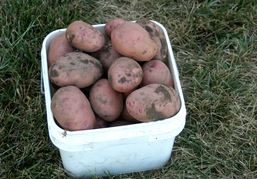
 Potatoes are ready to harvest when the vines are about half dead. Potatoes dug too early have tender skins and are easily bruised. Delaying digging will allow the soil to heat since it is no longer shaded by foliage. High soil temperatures can lead to sprouting potatoes. Allow potatoes to "set" by keeping them in a shady, dry location for three to four days. Then move them to a cool, moist environment such as a cellar or cool basement for longer storage. (Ward Upham)
0 Comments
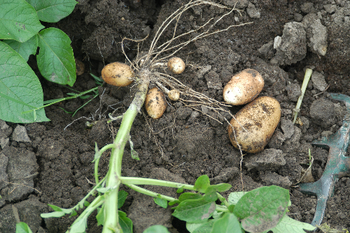 Many gardeners look forward to harvesting new potatoes this time of year. New potatoes are immature and should be about the size of walnuts. Pull soil away from the base of the plants to see if the tubers are the desired size. If they are, dig entire plants and allow the skins of the exposed tubers to dry for several hours before gathering. These young potatoes are very tender and prone to the skin “slipping” unless they are given a few hours to dry. Even then these immature potatoes will not store well. Red-skinned varieties are often preferred as they are the earliest to produce. (Ward Upham) 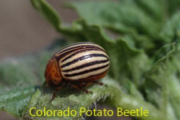 Overwintering females emerge in late April and lay a cluster of bright, yellow eggs on recently emerged potato plants. Larvae mature in about 3 weeks and pupate in the soil. After another 10 days, adult beetles emerge, mate and lay more eggs. Both larvae and adults of this insect feed on potato (as well as tomato, eggplant, and pepper), causing extensive loss of foliage and reducing yields. Control strategies are varied and include: - Hand picking: Useful for small gardens where plants can be checked a couple of times a week. Dropping beetles and larvae in a container of soapy water will lead to their demise. - Floating row cover: This material can be placed over the planting and act as a physical barrier to the insects. Be sure to seal the edges. It is sometimes suggested to leave the floating row cover in place during the growing season because potatoes do not need to be pollinated to produce tubers. Often, this is not practical because it interferes with weed control. - Insecticides: A number of products are registered including the organic control spinosad (Fertilome Borer, Bagworm, Leafminer and Tent Caterpillar Spray and Bonide Colorado Potato Beetle Beater Concentrate) and more conventional insecticides permethrin (numerous trade names) and lambda- or gamma-cyhalothrin (Bonide Beetle Killer, Spectracide Triazicide). (Ward Upham) 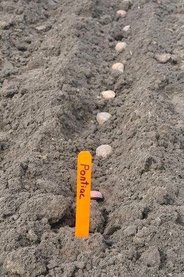 St. Patrick’s Day is just around the corner, so it is time to get seed potatoes in the ground. Actually any time from mid- to late-March is fine for potato planting. Be sure to buy seed potatoes rather than using those bought for cooking. Seed potatoes are certified disease free and have plenty of starch to sprout as quickly as soil temperatures allow. Most seed potatoes can be cut into four pieces, though large potatoes may yield more, and small less. Each seed piece should be between 1.5 and 2 ounces. Seed pieces this size will have more than one eye. Each pound of potatoes should yield 8 to 10 seed pieces. Cut the seed 2 to 3 days before planting so freshly cut surfaces have a chance to suberize, or toughen, and form a protective coating. Storing seed in a warm location during suberization will speed the process. Plant each seed piece about 1 to 2 inches deep and 8 to 12 inches apart in rows. Though it is important to plant potatoes in March, emergence is slow. It is often mid- to late-April before new plants poke their way through the soil. As the potatoes grow, pull soil up to the base of the plants. New potatoes are borne above the planted seed piece, and it is important to keep sunlight from hitting the new potatoes. Exposed potatoes will turn green and produce a poisonous substance called solanine. Keeping the potatoes covered will prevent this. (Ward Upham) Video of the Week: |
AuthorsCynthia Domenghini runs the Horticulture Response Center in the Department of Horticulture and Natural Resources at Kansas State University. Other contributors include K-State Extension Specialists. Archives
March 2024
Categories
All
|

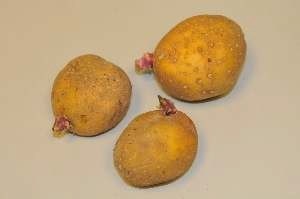
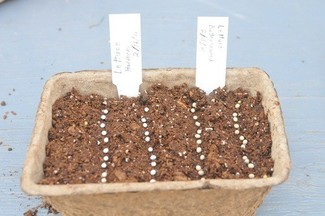
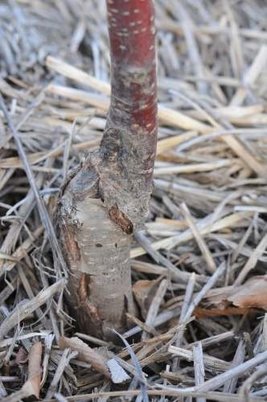
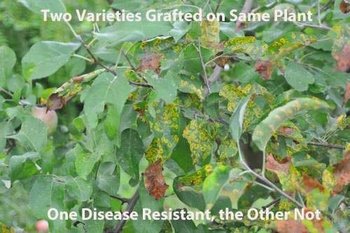
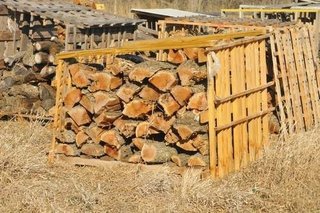

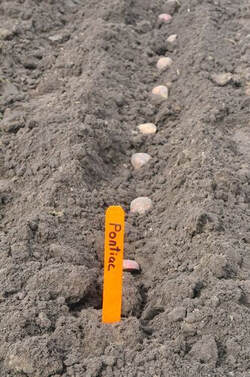
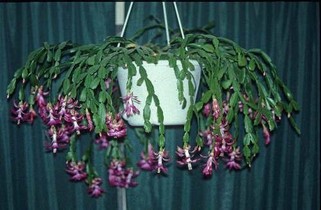
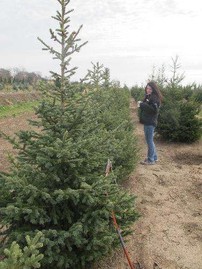
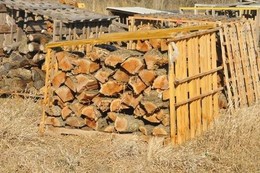
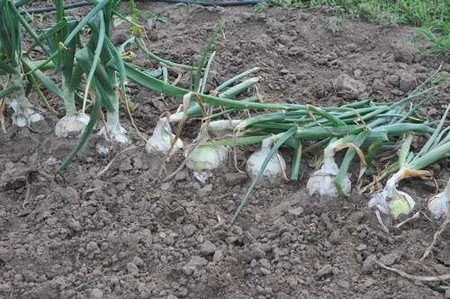
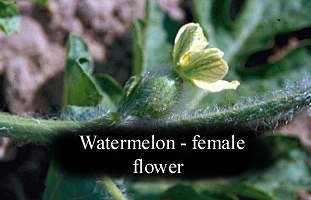
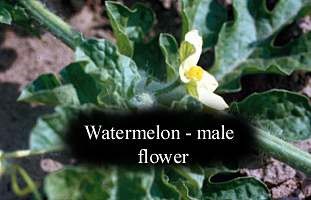
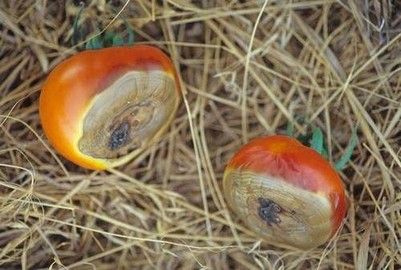
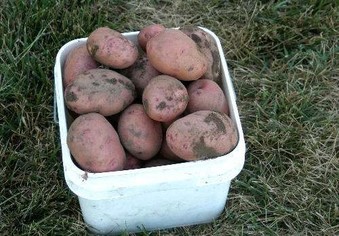
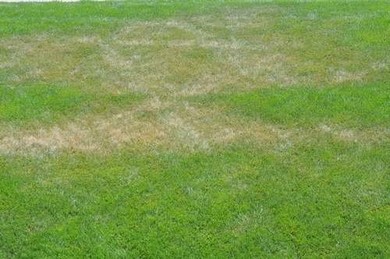
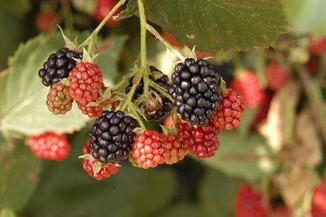
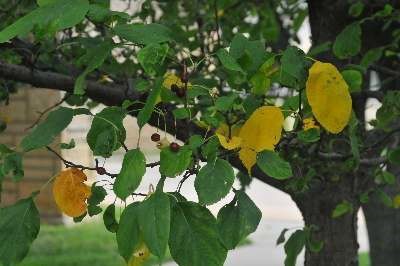
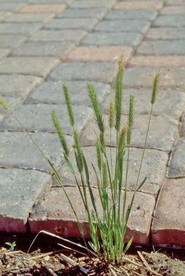
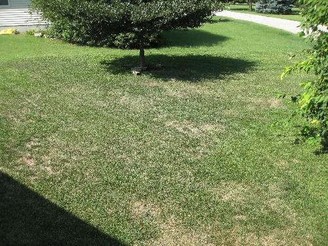
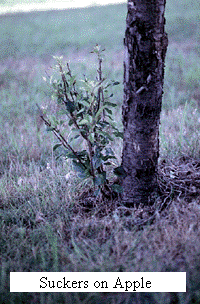
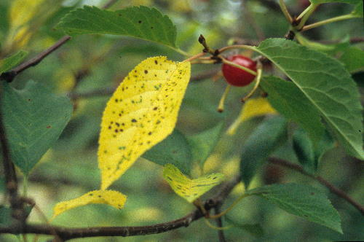
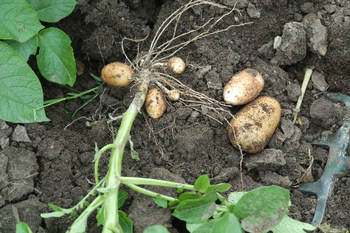
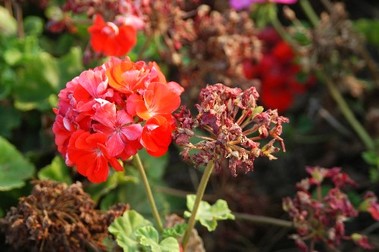
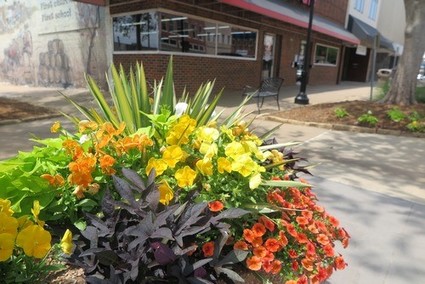
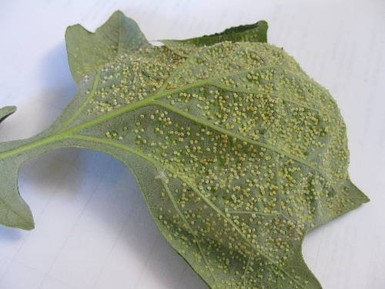
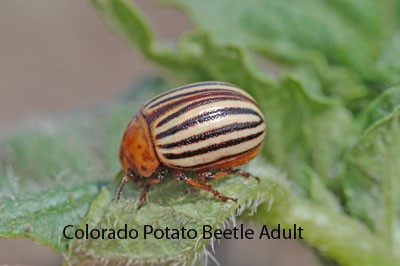
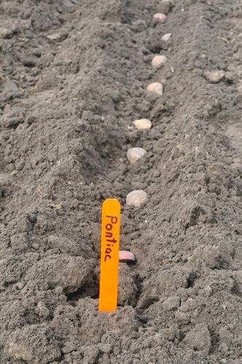
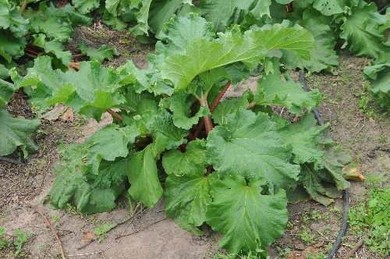
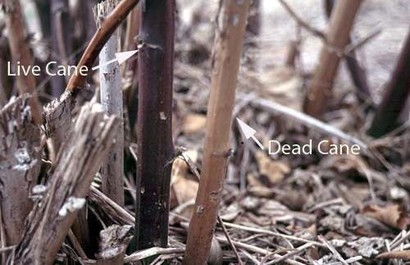
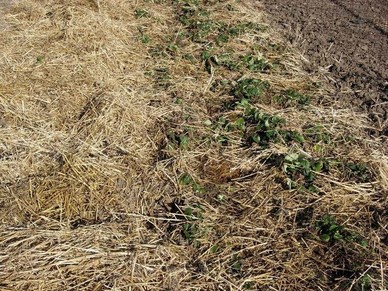
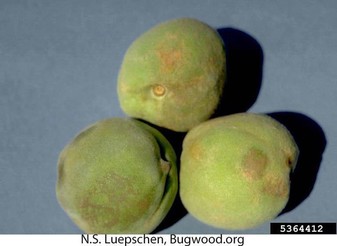
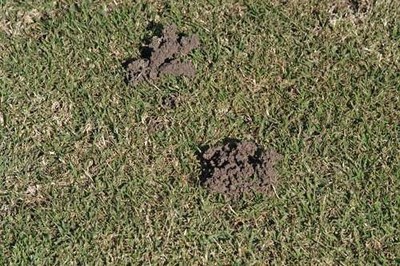
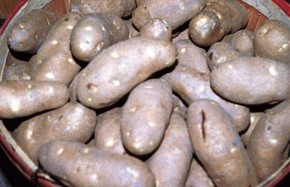
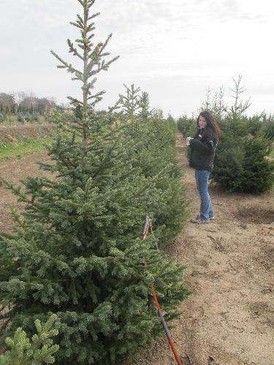
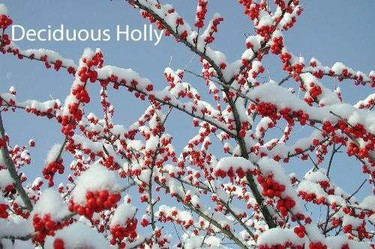
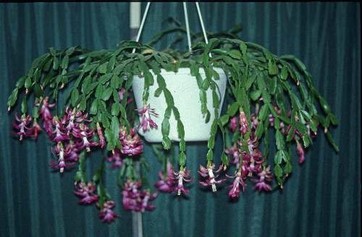
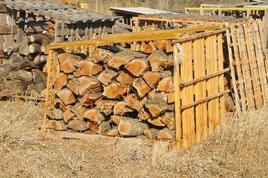
 RSS Feed
RSS Feed
